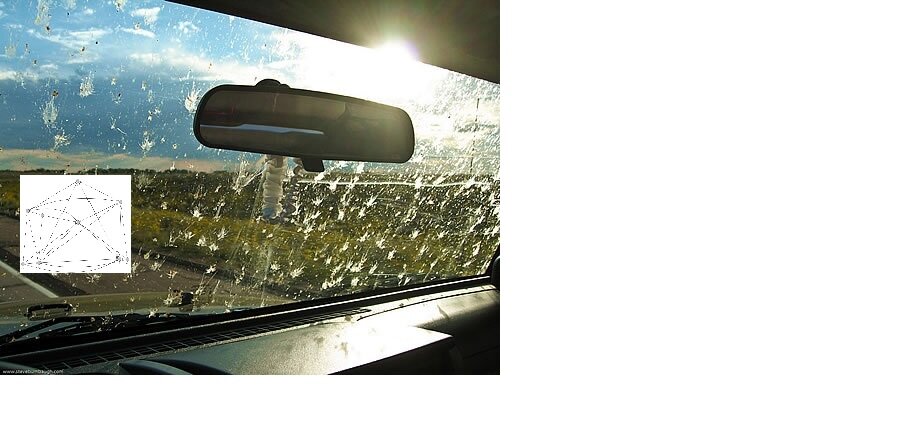Directed Analytical Graphs are critical tools that allow the researcher to clarify their thinking about the causal effect between treatment, A, and outcome, B. These modern tools are essential for any serious social scientist who wishes to operate with analytical and conceptual clarity about their model of how the social world works. Below I will provide a brief exercise demonstrating the utility for how these tools can allow you to better model empirical reality.
Let’s say that you’re interested in the effect of treatment A on outcome B. You’ve measured both and you find the effect and magnitude to be about what you’d expect. So far, so good!
But hold the phone! It is unreasonable to simply assume that this is a clean association without any confounders. It is logical to anticipate that the association is polluted by confounder Z.
Alternatively, you might assume that Z is a critical mediator, necessitating that you incorporate it into your model to account for the direct effect of A on B.
Of course, you must be wary of unobserved factors that jointly effects A and Z, U1. Such factors are very common in observational research and often beyond the vision of the researcher. Without proper attention, they will enable a backdoor path between treatment and outcome, biasing observed results.
The naïve researcher, having accurately accounted for U1, may consider their job complete. Yet life can, and frequently does, get more complicated. Sophisticated scholars identify some other unobserved factor, U2, that simultaneously causes outcome B and your mediator Z, but is itself is caused by your treatment, A (an obvious, if infrequently discussed, causal association). Without proper handling of U2, your conditioning will open backdoor channels between A and B, resulting in biased associations.
And of course, you must be cognizant of time lags. Previous manifestations of your treatment, A_t-1, may simultaneously affect contemporary manifestations of A, AND contemporary manifestations of mediator Z and outcome, B. Time-varying treatment is common in the causal literature, and backdoor paths through temporal patternings are common sources of bias.
Furthermore, the savvy researcher must understand that time lags and longitudinal backdoor paths can occur in your outcomes and unobserved confounders, that feedback cycles between outcome and treatment must all be considered, and unobserved confounders may in fact be colliders for higher level unobserved confounders of mediator, Z. Ignore these paths, and risk biased results.
Of course, to truly detect an unbiased causal effect, you must remember that your DAG is just one of millions of smattered bugs on the windshield of the barreling semitruck that is modernity, veering down the treacherous mountain of history. The smeared carcasses of hundreds of randomized control trials blend into a single endogenous soup, only to be wiped clean by the next asteroid strike.
I hope this helps clarify how you can appropriately model your treatment and outcome! Replication code is available in the online appendix (website domain no longer registered).







